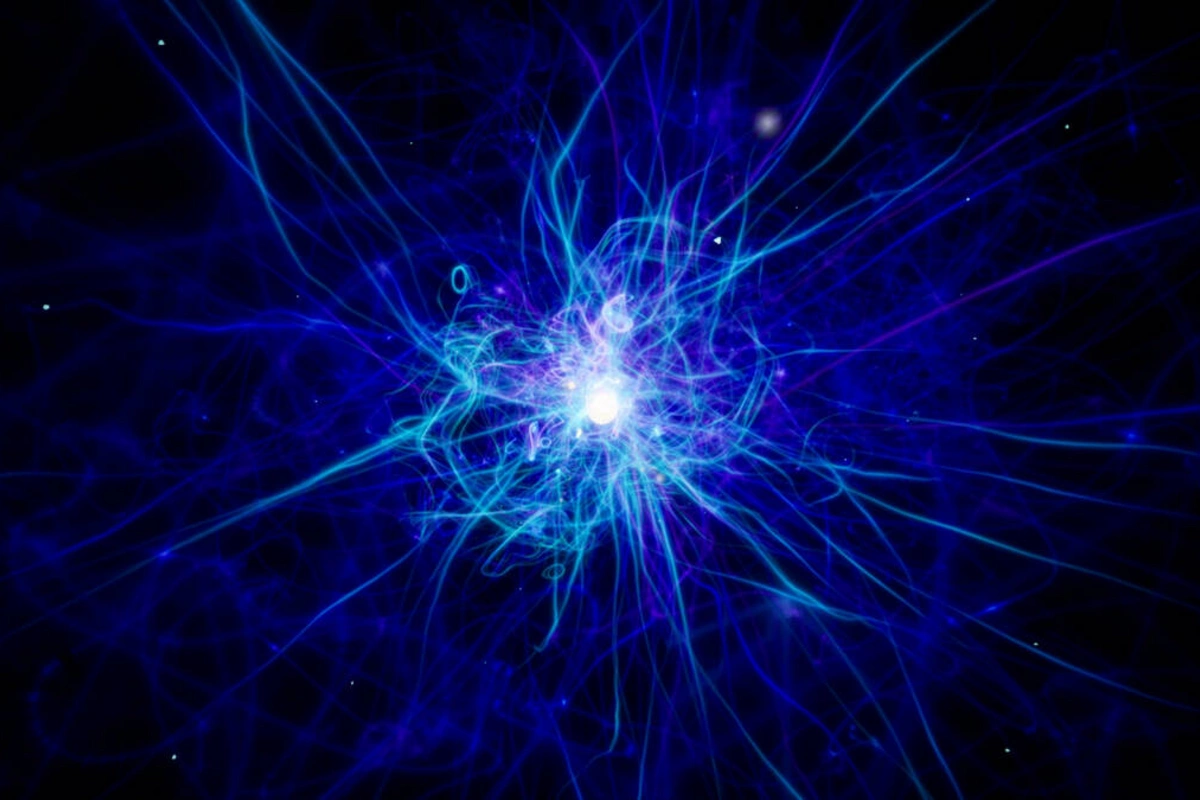Research: All Living Creatures Glow

Researchers from the University of Calgary (Canada) have discovered that living organisms - from bacteria to humans - continuously emit ultra-weak light. This phenomenon is called ultra-weak photon emission (UPE) and, according to scientists, could become a promising tool in medicine and biology. The work was published in the journal Journal of Physical Chemistry Letters (JPCL).
Photon emission is observed in the range from 200 to 1000 nanometers and is approximately a thousand times weaker than bioluminescence, making it impossible to see with the naked eye. The source of the glow is reactive oxygen species (ROS), which are formed as a byproduct of cellular metabolism. When exposed to stress, the intensity of radiation increases.
Using ultra-sensitive cameras in specially equipped dark laboratories, scientists compared the emission from living and recently deceased mice. It turned out that living animals emit noticeably brighter light, while in dead ones it is practically absent.
Similar experiments were conducted on plants. Exposure to heat, mechanical damage, and chemical irritants led to increased luminescence, especially in damaged areas of leaves.
The data obtained can be used in various fields - from assessing tissue viability during transplantation to early diagnosis of stress in agricultural crops and analysis of drug effectiveness.
Similar News
The Popular Myth About Women's Appearance Debunked
New data from an international team of scientists has disproved one of the most popular concepts in evolutionary psychology: physical traits commonly called "fe...




 Azərbaycanca
Azərbaycanca  По-русски
По-русски  English
English 





